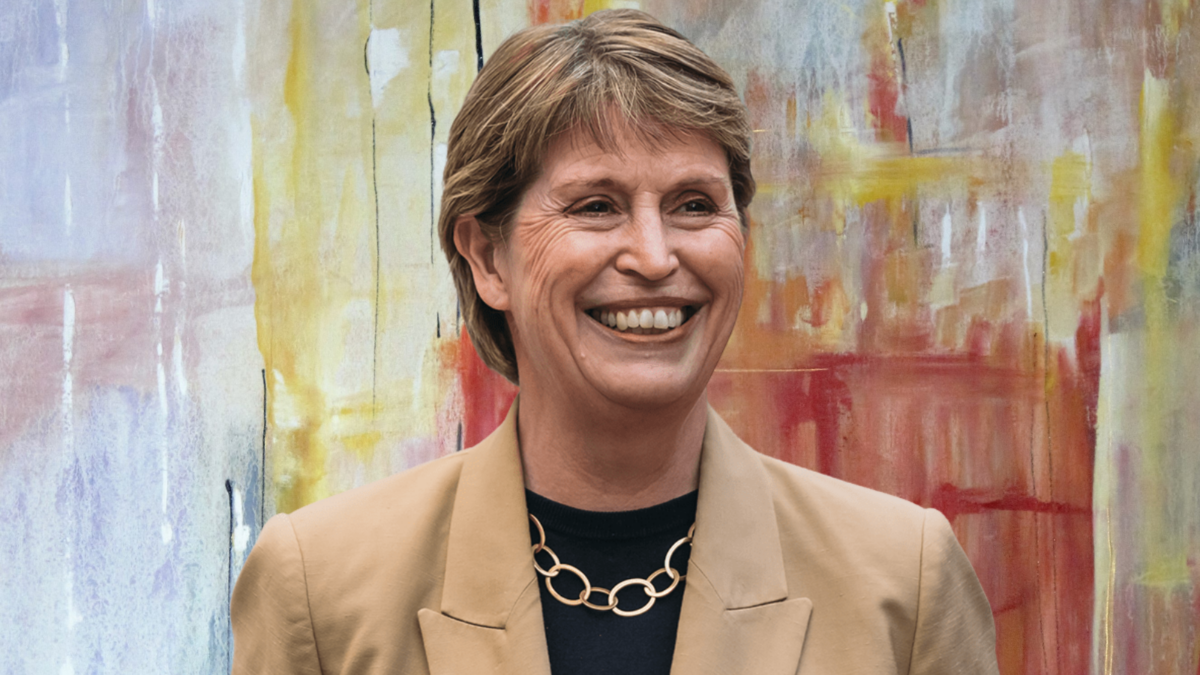How three different funds think about the big shifts in super
Speaking at the AIST’s Superannuation Investment conference, Australian Retirement Trust head of investment strategy Andrew Fisher said that the rapid change in size brought on by the merger of QSuper and Sunsuper – as well as the merged fund’s aspirations to manage $500 billion – meant that the way it thought about internalisation is in a “state of evolution”.
“We don’t want to compete with external managers, we want to work with them and we get very good results from that,” Fisher said. “Neither fund has a strong view around the competitive advantage in active management in listed markets, and because of that we have no strong push to internalise any of our listed market capabilities.
“In private markets most funds would see themselves on a similar journey. When I started at Sunsuper we were using external managers and funds, moving that to mandates, moving that from choosing managers to choosing assets within those relationships. But we’re always going to rely on those external relationships for deal flow, which is really important.”
Meanwhile AustralianSuper – now the country’s biggest super fund at more than $300 billion FUM – has found its enormous size a boon for investments.
“Every fund will have a different investment strategy and a model to suit itself and its members,”
said AustralianSuper director Philippa Kelly (pictured). “But the growth specifically for AustralianSuper has been an enabler. Primarily it allows us to take a long-term investment horizon – the sufficiency of funds allows us to have a larger unlisted or private markets allocation within the portfolio.
“Size and scale started the internalisation over 10 years ago, when we brought a lot of management in house. We’ve been around 50 per cent internally managed for a couple of years now and we think that might grow to 60 per cent. It also means there’s still external managers.”
Internationalisation has perhaps been the bigger change for the fund, and it anticipates having 300 staff based in its overseas offices – London, New York and Beijing – in the next two years, while its recent escalation of head of international investments Damian Moloney to the deputy CIO role highlights the importance of offshore investing to the fund. That’s in stark contrast to Cbus, which has decided against heading abroad.
“That’s for a number of reasons, mainly around risks – risk of loss of cultural cohesion, risks around compliance in different jurisdictions, and then there’s the issue of recruiting in the markets of London and New York,” said Dr Rosemary Kelly, ACTU Observer on the Cbus Investment Committee.
“What sort of salaries you’re going to have to pay and how that might impact on the rest of your team. There’s a series of risks and you have to be convinced that the rewards generate more than the costs and the risks. For that reason, Cbus hasn’t gone down that road.”
While it hasn’t quite hit 50 per cent internal management yet, Cbus is making steady progress towards that goal. The starting point for considering equity investments is now the index – you have to be convinced that if “you’re going to chase alpha, you have to be certain you’ll get returns”.
“The real dividend here has been on investment costs,” Kelly said. “That internalisation journey has reduced investment costs because you’re not paying manager fees which are often related to the level of FUM being managed; costs have dropped from 81 basis points to 51 basis points, largely as a result of that internalisation.”
“It also puts pressure on investment managers to sharpen their pencils in terms of their fees as well. It has generated dividends for members in terms of returns, but also on the other side it’s generated lower investment fees.”











